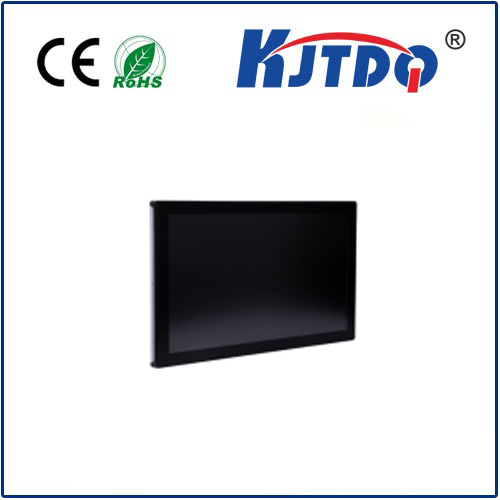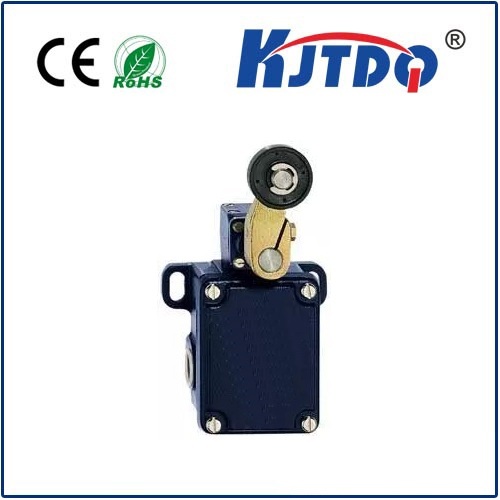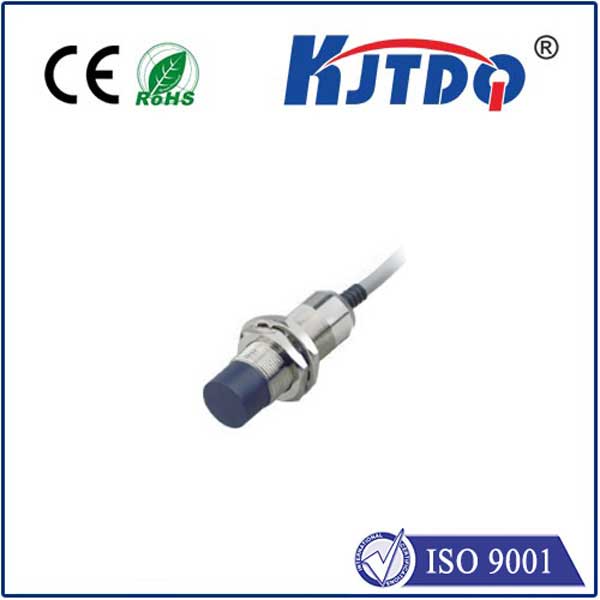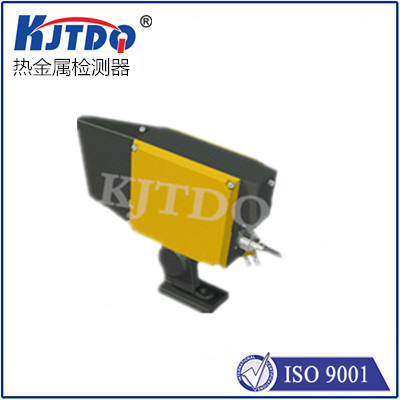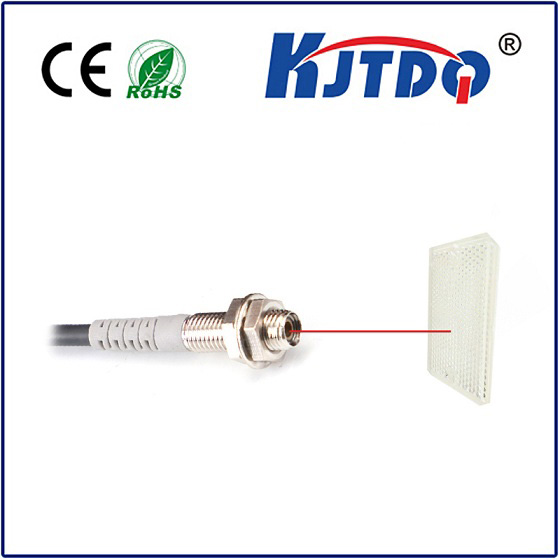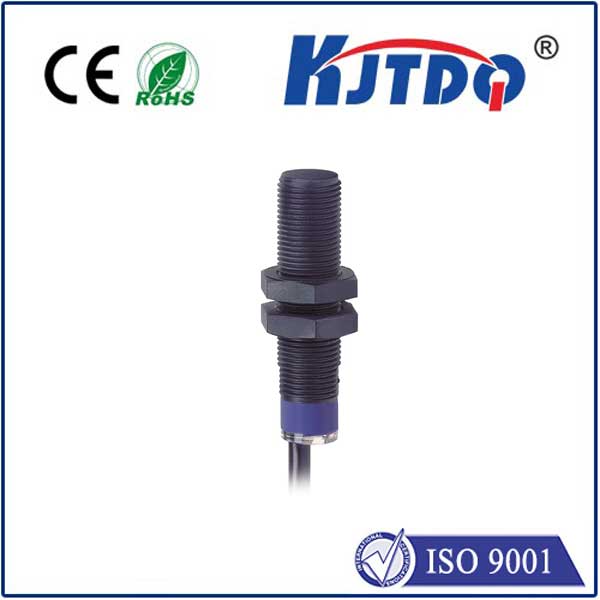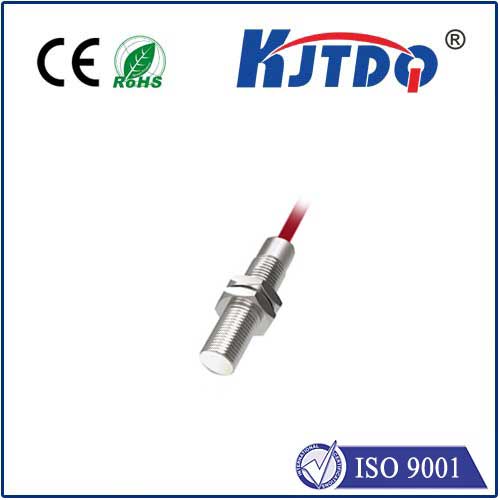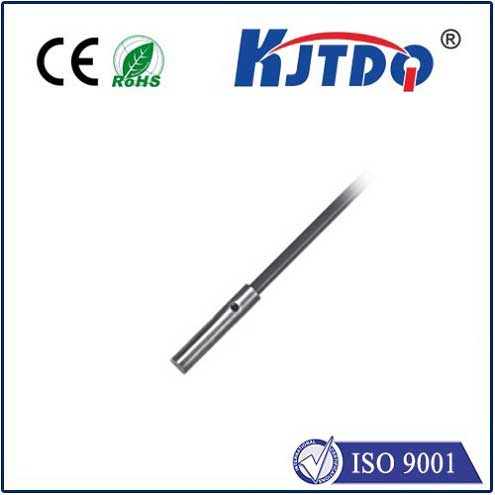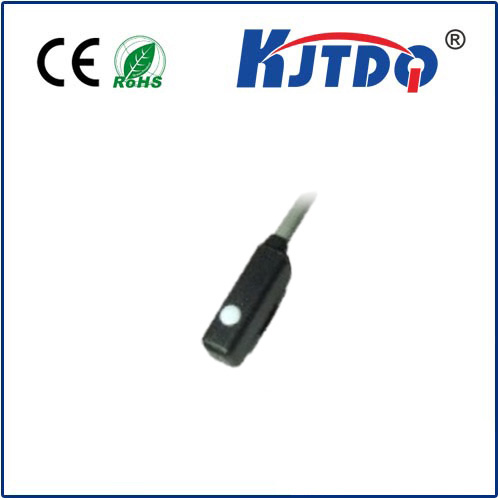Understanding the Power of Diffuse Reflective Optical Sensors in Modern Technology In an era where automation and precision are paramount, diffuse reflective optical sensors have emerged as indispensable components in various industries. These sensors, known for their ability to detect objects without physical contact, are revolutionizing the way machines interact with their environments. Whether it’s in manufacturing, robotics, or consumer electronics, the applications of these sensors are vast and growing. But what exactly makes them so effective, and how do they work? Let’s dive into the world of diffuse reflective optical sensors to uncover their significance and potential.
А.оптический датчик диффузного отражения is a type of proximity sensor that uses light to detect the presence or absence of an object. Unlike other optical sensors that rely on a separate reflector or a beam of light, this sensor combines the light emitter and receiver in a single unit. The sensor emits a beam of light, which reflects off the surface of the target object. The receiver then detects the reflected light, allowing the sensor to determine the object’s position or proximity. The term “diffuse” refers to the way light scatters upon hitting the object’s surface. This scattering effect is crucial because it enables the sensor to detect objects with varying textures, colors, and shapes, making it highly versatile.
The working principle of a diffuse reflective optical sensor is straightforward yet ingenious. The sensor contains two main components:
Emitter (Light Source): Typically an LED, the emitter sends out a beam of light toward the target object.
Receiver (Photodetector): This component captures the light reflected off the object’s surface. When the emitted light hits the object, it scatters in multiple directions due to the object’s surface characteristics. Some of this scattered light returns to the receiver, which then processes the signal to determine the object’s presence or distance.
The popularity of diffuse reflective optical sensors can be attributed to their numerous benefits:
Compact Design: Since the emitter and receiver are housed in a single unit, these sensors are smaller and easier to integrate into various systems.
Эффективность затрат: They eliminate the need for additional reflectors or complex setups, reducing overall costs.

Многогранность: These sensors can detect a wide range of materials, including metals, plastics, and even transparent objects, depending on the sensor’s configuration.
Non-Contact Detection: By avoiding physical contact, they minimize wear and tear, ensuring longer operational lifetimes.
The adaptability of diffuse reflective optical sensors has led to their widespread use in numerous fields:
Производство: In assembly lines, these sensors are used to detect the presence of components, ensuring smooth and efficient production processes.
Robotics: Robots rely on these sensors for object detection and navigation, enabling them to interact with their surroundings intelligently.
Consumer Electronics: Devices like printers and vending machines use these sensors to monitor paper levels or detect product availability.
Automotive: They play a critical role in safety systems, such as detecting obstacles or monitoring vehicle components.
While diffuse reflective optical sensors offer numerous advantages, they are not without challenges. One of the primary limitations is their sensitivity to environmental factors such as ambient light, dust, and surface reflectivity. For instance, highly reflective surfaces can cause false readings, while dark or matte surfaces may reduce detection accuracy. To address these issues, advanced sensors are often equipped with adaptive algorithms and filtering mechanisms to enhance performance in diverse conditions. Additionally, proper installation and calibration are essential to maximize sensor efficiency.
As technology evolves, so do diffuse reflective optical sensors. Recent advancements include:
Increased Sensitivity: Modern sensors can detect objects with greater precision, even at longer distances.
Enhanced Durability: Improved materials and designs make these sensors more resistant to harsh environments.
Integration with IoT: Sensors are now being integrated into smart systems, enabling real-time data collection and analysis.
Selecting the appropriate diffuse reflective optical sensor depends on several factors, such as the application, environmental conditions, and desired performance. Key considerations include:
Detection Range: Ensure the sensor can detect objects at the required distance.
Response Time: Faster sensors are ideal for high-speed applications.
Environmental Resistance: Choose sensors that can withstand dust, moisture, or extreme temperatures if necessary.
As industries continue to embrace automation and smart technologies, the demand for reliable and efficient sensors like the diffuse reflective optical sensor will only grow. Innovations in materials, design, and connectivity are expected to further enhance their capabilities, opening up new possibilities in fields such as healthcare, agriculture, and beyond.
